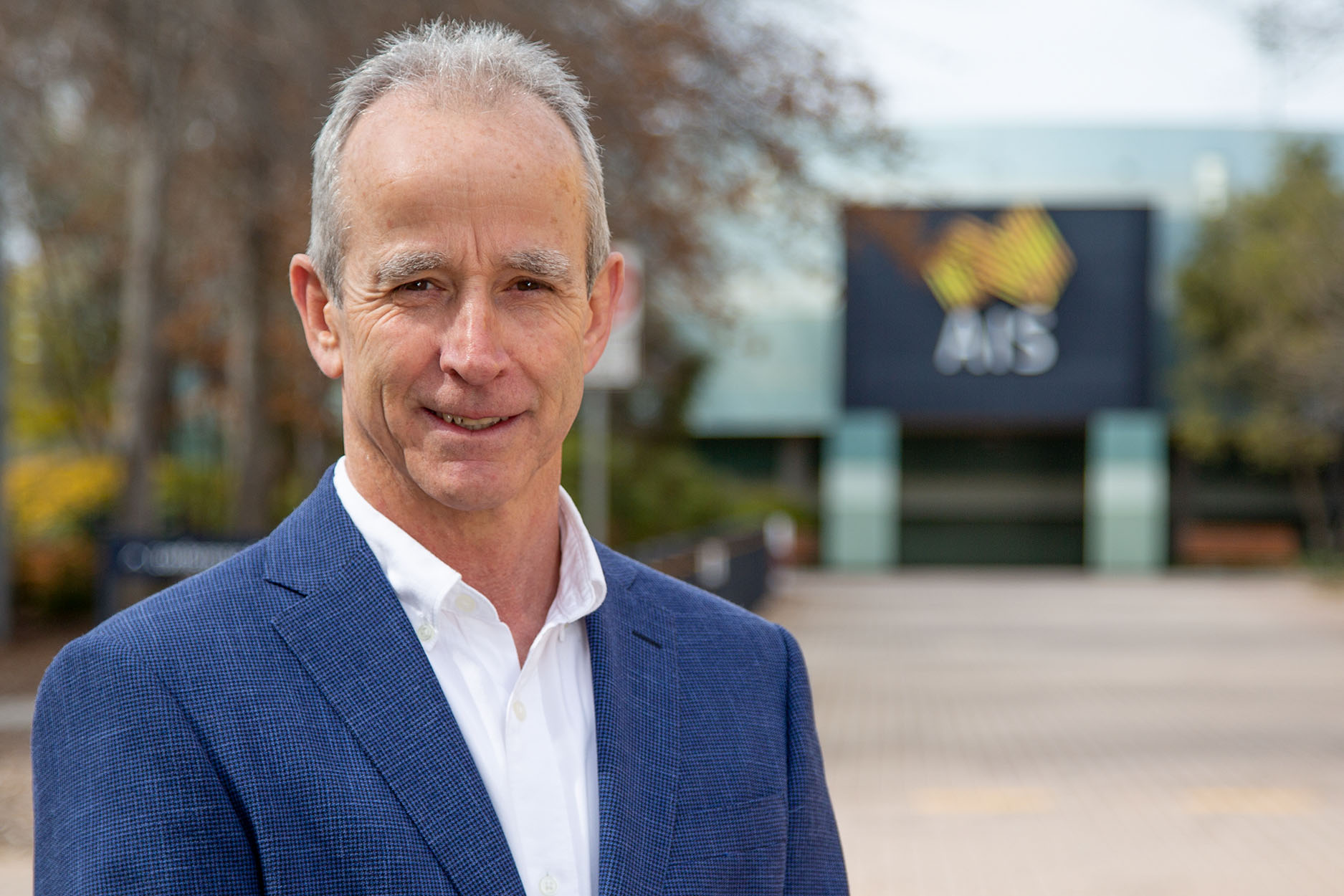27 October 2020
The AIS can appreciate many sports are considering overseas travel as a means of either qualifying or gaining international competition in preparation for Tokyo. It is complex, balancing the potential benefits versus the risks for overseas travel.
The AIS recommends all athletes, officials and organisations considering overseas travel ensure they read and consider this risk matrix document produced by High Performance agencies in early September.
The AIS is collaborating with various government agencies on simplifying and standardising processes for applying for an exemption for overseas travel for sport purposes. This is a complex piece of work and we hope to have more information in the next fortnight.
In the meantime, the AIS continues to working closely with our partners in the AOC and Paralympics Australia to ensure we provide the most updated information available in relation to overseas travel, in preparation for Tokyo. The COVID-19 situation continues to be fluid in overseas environments and we are monitoring developments closely.
There are many media reports of COVID-19 infection in international sport environments, including ice hockey, rowing, rugby, cycling and golf.
Air Travel
The COVID-19 pandemic is changing the way we think about congregating. Indoor environments in particular increase the likelihood of COVID-19 transmission. Air travel, therefore, would seem to be an activity with increased risk.
Certainly, outbreaks on aeroplanes have been reported, with the most significant outbreaks involving up to 16 people on a flight. Overall, however, the numbers of outbreaks related to air travel has been very few – at the time of writing less than 100 documented cases.
Risks with air travel can be further reduced by taking the following measures:
- Carry a COVID-19 health pack containing masks, gloves, antiseptic wipes, hand sanitiser
- Wear a mask in the airport and on flight
- Maintain social distancing during the boarding process
- Select lower risk seats where possible - window seats and front of the plane may necessitate less contact with others and ideally with an empty seat next to the occupied seat
- Clean all touchpoints around seat including tray tables, armrests, seat belt buckles, immediately after taking a seat
- Use hand sanitiser after cleaning touchpoints
- Consider carry-on food and water to minimise the requirement for communication/contact with airline staff
- Ensure carry-on luggage is packed in such a way to minimise the need for others to handle luggage at security checkpoints
- Exercise caution when using the toilet, with cleaning of contact points and hand sanitisation
- Request a move if someone is sick near you or there are obviously safer seats
*these are outlined in the Journal of the American Medical Association.
